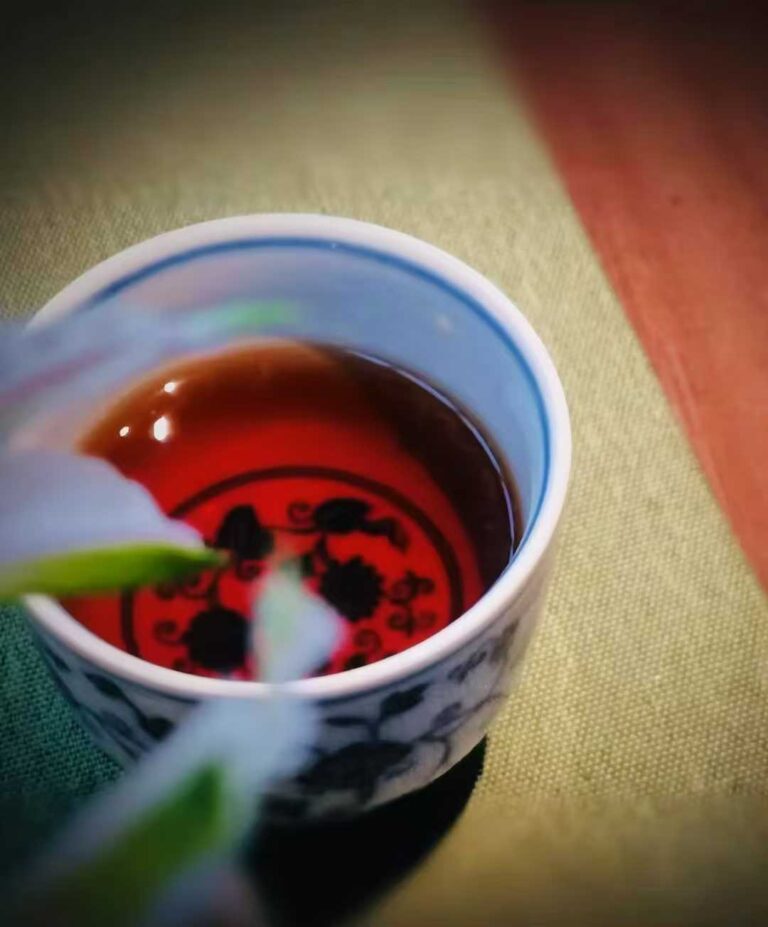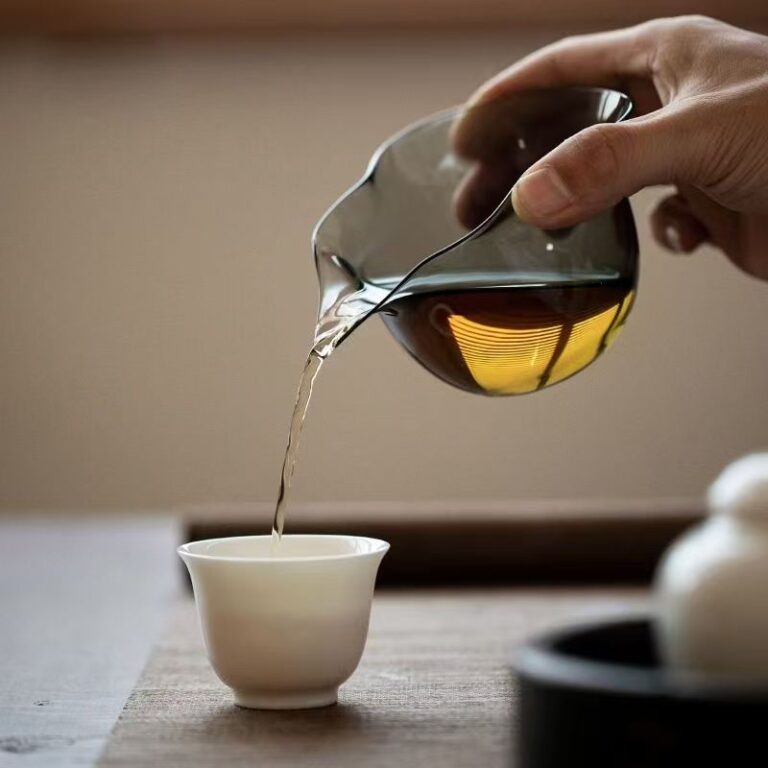Free Shipping On Orders Over $59
The Art of Tea Rehydration: Mastering Water Addition for Perfect Infusion
Proper tea rehydration is crucial for unlocking the full potential of your tea leaves. Whether you’re brewing delicate green tea or robust oolong, understanding when and how to add water can transform your tea experience. This comprehensive guide covers essential tea brewing techniques that will help you achieve the perfect cup every time.
Core Principle: Optimal Timing for Water Addition
The key to successful tea rehydration lies in timing. For most tea types, you should add water when approximately one-third of the tea remains in your cup or teapot. This tea brewing technique maintains consistent temperature and flavor continuity, allowing the leaves to release their complex aromas gradually.
Tea-Specific Rehydration Guidelines
| Tea Category | Water Temperature Control | Optimal Rehydration Timing | Special Techniques |
|---|---|---|---|
| Green/Yellow Tea | Maintain 80-85℃ | When 1/3 tea remains | May properly open lid to dissipate heat |
| Oolong Tea | Sustain 100℃ | When 1/4 tea remains | Keep lidded bowl sealed for heat retention |
| Black Tea | 90-95℃ | When 1/3 tea remains | May pour water clockwise |
| Pu-erh Tea | Maintain 100℃ | When 1/4 tea remains | Fixed-point low pouring |
Advanced Rehydration Methods
- Temperature Maintenance
- Use teaware with excellent heat retention properties
- Warm cups and pots with hot water before adding fresh water
- Shorten intervals between water additions during winter
- Water Pouring Methods
- Edge Pouring: Ideal for delicate tea leaves
- Fixed-Point Pouring: Perfect for compressed teas
- Spiral Pouring: Maximizes aroma release
- Rhythm Control
- First 3 infusions: Quick brewing, timely water addition
- 4th-6th infusions: Moderate brewing time, extended intervals
- After 7th infusion: Full immersion, flexible timing
Common Rehydration Mistakes to Avoid
Many tea enthusiasts make critical errors in their tea rehydration process. Adding water when the cup is completely dry causes temperature shock to the leaves. Inconsistent water quantities between infusions leads to uneven flavor concentration. Large temperature fluctuations prevent proper extraction of the tea’s beneficial compounds.
Professional Tips for Perfect Tea Rehydration
- Monitor your tea leaves’ expansion – fully unfolded leaves indicate perfect rehydration
- Use your sense of smell – fading aroma signals it’s time for more water
- Maintain consistent timing between infusions
- Adjust your approach based on the tea’s performance
Through proper tea rehydration methods, you can enjoy multiple flavorful infusions from the same leaves, making each tea session both economical and deeply satisfying. These tea brewing techniques honor centuries of Chinese tea culture while adapting to modern lifestyles.
What’s your experience with tea rehydration? Share your favorite water addition techniques in the comments below!



